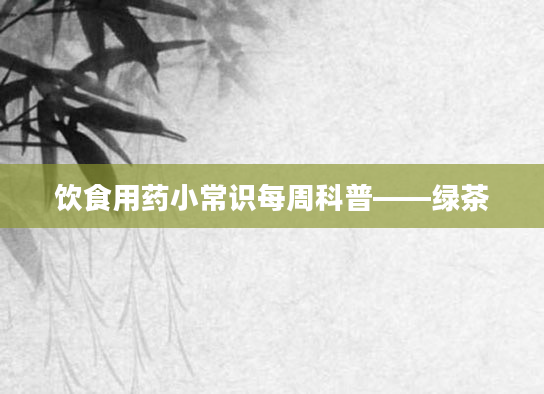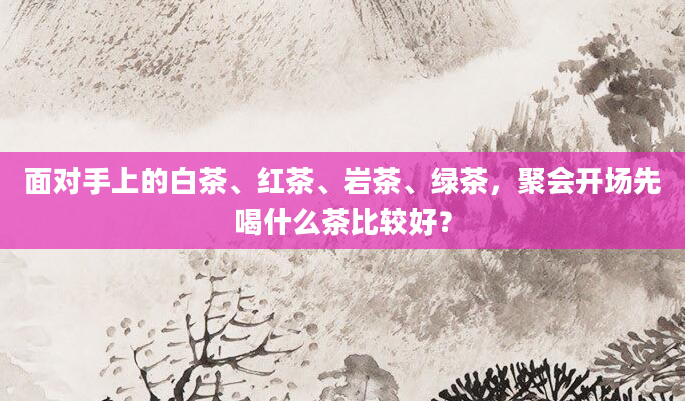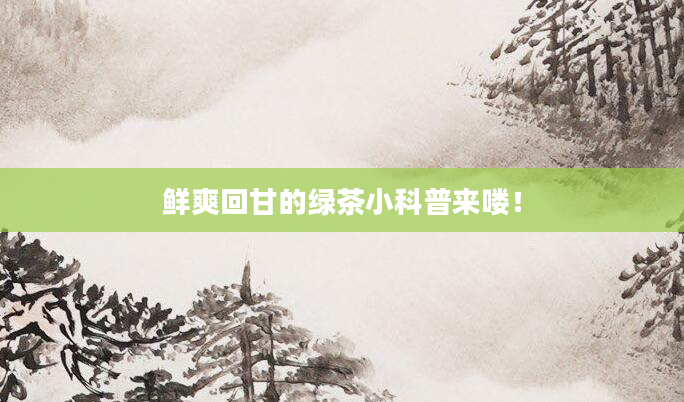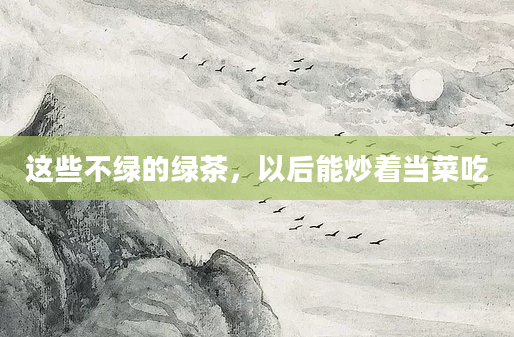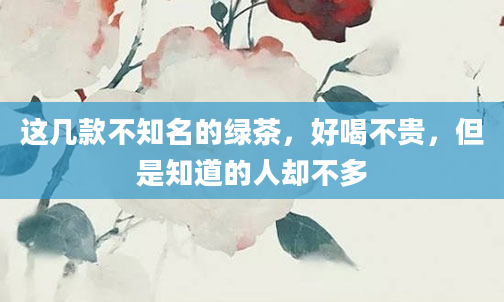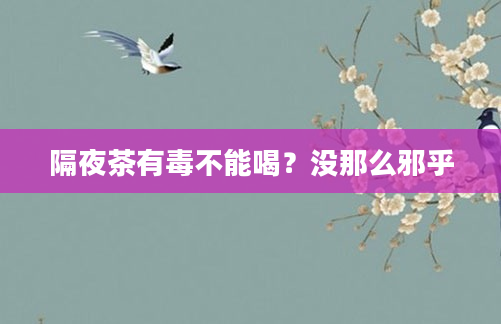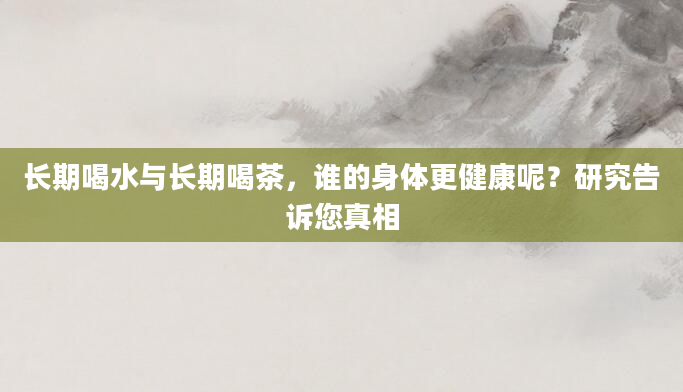**Tea Culture Knowledge in English**

Tea culture is a fascinating and ancient tradition that spans across the world. From China to England, tea has been a symbol of hospitality, relaxation, and social bonding. If you are interested in learning about tea culture in English, this guide will introduce key aspects, including its history, types of tea, and global tea traditions.
1. **The History of Tea Culture**
Tea originated in China more than 5,000 years ago. According to legend, Emperor Shen Nong discovered tea when tea leaves accidentally fell into his boiling water. By the Tang Dynasty (618–907 AD), tea drinking had become a refined art form. Lu Yu’s *The Classic of Tea* is one of the earliest books on tea preparation and appreciation.
During the 16th–17th centuries, tea was introduced to Europe through trade. The British Empire popularized tea drinking, leading to the famous *afternoon tea* tradition. Today, tea is one of the most popular beverages worldwide, with diverse cultural significance.
2. **Different Types of Tea**
The main types of tea come from the *Camellia sinensis* plant, but processing methods create variations in flavor, color, and aroma. Here are the five major categories:
- Green Tea: Unfermented, light, and fresh. Examples include Longjing (Dragon Well) and Sencha.
- Black Tea: Fully fermented and rich, often used in English Breakfast tea and Chai.
- Oolong Tea: Partially fermented, offering a balance between green and black tea.
- White Tea: The least processed, delicate and mild, made from young tea leaves.
- Pu-erh Tea: Aged and fermented, prized for its deep earthy flavor.
Herbal teas, such as chamomile and peppermint, are not technically "tea" but rather infusions made from plants.
3. **Tea Culture Around the World**
Different countries have unique tea traditions:
- China: Focused on Gongfu tea ceremonies, emphasizing skill and mindfulness.
- Japan: Known for matcha (powdered green tea) in traditional tea ceremonies (chanoyu).
- Britain: Afternoon tea with scones, sandwiches, and Earl Grey is a cultural staple.
- India: Chai tea (spiced milk tea) is a daily ritual enjoyed by millions.
- Morocco: Mint tea is served with hospitality and symbolizes friendship.
4. **Health Benefits of Tea**
Tea offers numerous health benefits due to antioxidants, polyphenols, and L-theanine:
- Boosts metabolism and aids digestion
- Promotes relaxation and reduces stress
- Enhances heart health and immune function
- Contains less caffeine than coffee, providing gentle energy
5. **How to Enjoy Tea Like a Connoisseur**
To truly appreciate tea, consider the following tips:
- Use fresh, filtered water for brewing.
- Pay attention to water temperature (e.g., 175°F for green tea, 212°F for black tea).
- Allow tea to steep for the recommended time to avoid bitterness.
- Pair tea with food, such as matcha with sweets or black tea with savory snacks.
6. **Final Thoughts: The Universal Language of Tea**
Whether you are drinking green tea in Japan or chai in India, tea culture connects people across different societies. Learning about tea in English not only expands your vocabulary but also deepens your appreciation for this beloved beverage. Explore different teas, try new brewing methods, and immerse yourself in the global traditions that make tea so special.
Would you like to know more about a specific tea tradition? Let us know in the comments!
--- (Target keywords: "tea culture knowledge in English," "history of tea," "types of tea," "global tea traditions," "health benefits of tea")

